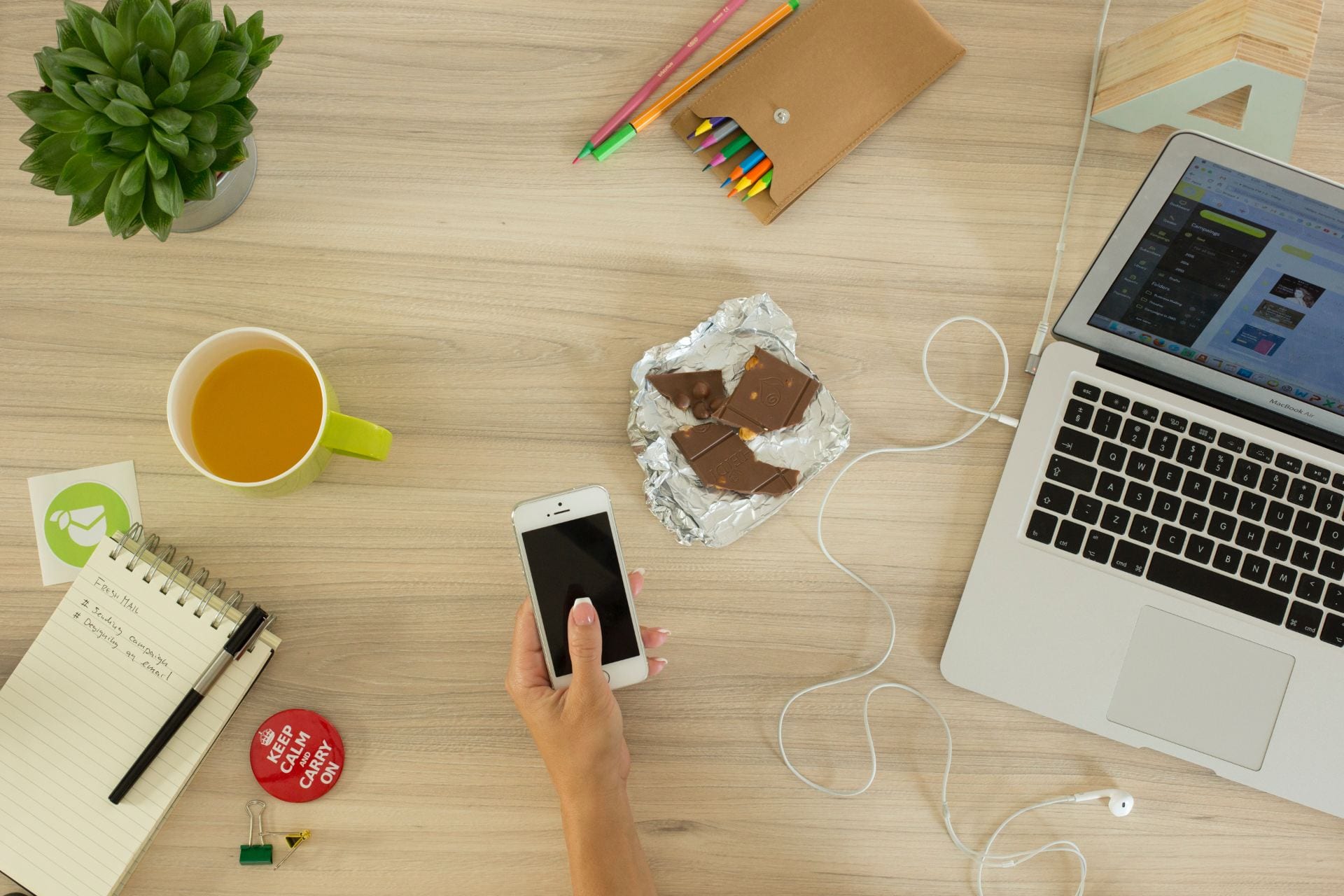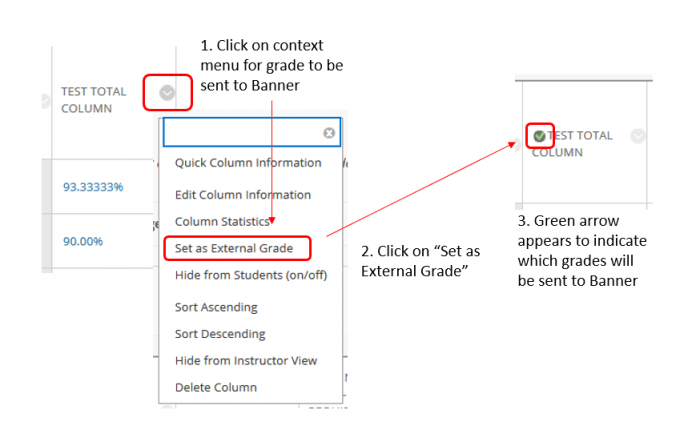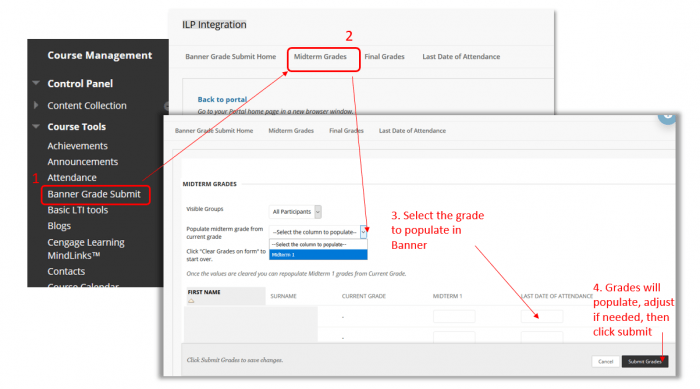 “I’m not tech savvy.”
“I’m not tech savvy.”
“I give up.”
“Technology hates me.”
“I hate technology.”
I often wonder if technology reflects back to us the energy we give it. Is the computer screen is really a mirror?
Perhaps the train was delayed this morning, jammed packed with commuters like a sardine can, and in the downpour of rain my umbrella breaks before I reach the office. Dunkin Donuts made my coffee wrong and I seemed to have left my phone charger at home. With a deep sigh, I toss the broken umbrella in the trash and slump into my desk chair, turning my attention to my laptop and the dimension of technology.
What ensues? Program crashes, spinning wheels, system errors, sound isn’t working, etc..etc. “Murphy’s Law!” I mutter, pounding the desk with a clenched fist. My pen subsequently rolls off to the floor.
Does this sound familiar? If we bring negativity and stress into our mouse clicking and typing, our patience dwindles, our angry fuses become shorter, and our computer knows it.
So what can we do? Well, the easy stuff. Ctrl-alt-del, of course. Force quit. Give up. Close the laptop cover down. Blame the machine. Blame the coffee order.
What SHOULD we do? The simple stuff. Hit our own pause button. Hit restart. It’s not always easy but it can more than likely resolve a situation with a very simple solution. Troubleshooting is often not as difficult as we think. I have been supporting technology for 14 years and have been an avid tech nerd since I was a little one. Although I have a lot of experience, I often solve things by my own troubleshooting methods. I even solve software or hardware problems that I’ve never seen before. Most of the time, things are fixed with one easy click. This may be hard to believe, but on many occasions, by the time I walk over to the user asking for support their computer has magically fixed itself before I even press a button.
“Now it’s working. How did you do that?” Merely a coincidence? But why does it happen so often? Was it because I had empathy, patience, and confidence for both the user and machine?
Do things break when we’re happy and things are going well? Of course! But how we react and handle the situation having a positive mindset “preinstalled” will diffuse the situation with more ease.
I find that when users become so frustrated and stressed over an issue, the obvious answer in front of them becomes blurred until an outside perspective is able to point it out. I often find people give up or “ctrl-alt-del” their mindsets before even trying. It’s ok to feel this emotion but try to let it pass like an ocean wave. Eventually, with practice, these waves become less tidal like and more surfboard friendly. So, I encourage the pause, three deep breaths, the restart, the “what if..”. It isn’t easy but it can be simple. We just have to try. A mentor once told me, “What’s the difference between simple and easy? Simple requires effort.”
Simple Troubleshooting Suggestions:
- Look for the obvious. Example: My sound isn’t working in my headphones?
- Is the volume muted?
- Are your headphones plugged in?
- Is the sound set to correct source in system preferences?
- Try to pinpoint the source of the problem by elimination:
- Do your headphones work in something else like your cell phone? Yes? Then it’s not the headphones themselves.
- Can you hear sound from the computer speakers if you unplug the headphones? Yes? Then maybe it’s the jack.
- Can you hear sound in your headphones from something else like a YouTube video? Yes? Then it’s not the jack. Sounds like it’s the program.
- Restart your machine. This often fixes more things than not.
- Update your software and your operating system. Try to set a reminder to do this every 1-2 weeks. Think of it like brushing your teeth to prevent cavities.
- Try a different browser: Webpage issues? Check with Chrome, Safari, and Firefox. It may be a browser related problem.
- Google it. I find I am not alone when faced with a certain problem. The internet can provide to be a wonderful source for tech support issues.
- Think the “what if it’s..” possibilities:
- If you have time, challenge yourself. What else could be going wrong here? Did I forget something? Could it possibly be this? Try other ways.
- All else fails? Call us at 617-989-4989, Email lit@wit.edu, or stop by Annex Central 205. You are never without support!
Keep the Calm:
When I work on my computer, I often have to multitask. What often seems to be 50 browser tabs open and 20 more emails I have to answer, stress levels can certainly increase. Here are some personal suggestions to keep the stress at bay:
- Listen to ambient background noise as you work., For example:
- https://coffitivity.com/
- Coffitivity recreates the ambiance of a coffee cafe to boost your creativity and help you work better.
- Relax Melodies App
- Although designed for sleep, I find that listening to rain, wind, or whatever I customize it to can help blockout background noise and helps me to focus.
- Lo-fi radio: beats to relax/study to
- The latest craze in YouTube, Spotify, etc. is radio streams of lo-fi beats to study to. There are plenty out there!
- Search for meditation or breathing extensions on your browser:
- Calm for Chrome
- Stop mindless checking by taking a breath before you check! Facilitates alternative, productive ways to take a break.
- Current
- Catch a wave of calm with new tab pages serving mindfulness tips, breath visualizations and micro-meditations suited for the work day.
- Take 5-minute breaks away from your desk.
I’m not perfect when it comes to technology either. I certainly can let it get the best of me when I’m having a bad day. However, being mindful of how I’m feeling and the affects it is giving me becomes more apparent the more I practice. When I learned that a simple pause and “restart” can make all the difference, I make sure to click that when I can. You can always, always.. restart your day.



 “I’m not tech savvy.”
“I’m not tech savvy.” 